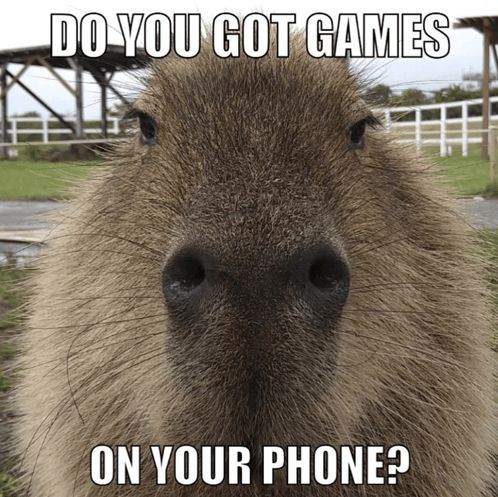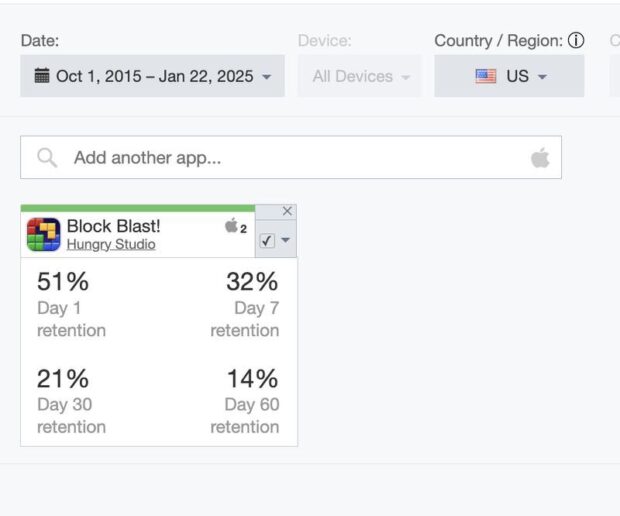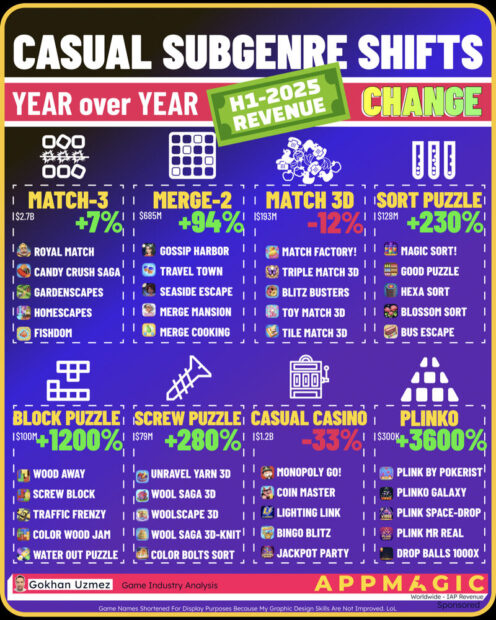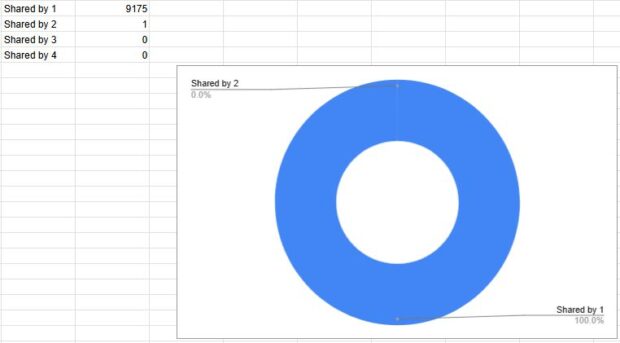

When Capybara Go first popped up, some assumed it’d be a short-lived viral game.
🍊 Cute, meme-y, floods your TikTok for a few weeks, then disappears like most trend-chasers.
But somehow… this one didn’t vanish. It kept going, and that wasn’t an accident.
♨️ Capybara Go became one of the rare meme-fueled mobile games that actually stuck. The more I watched it grow, the more I realized how much product thinking went into making that happen.
Habby capitalized on the trend and was able to build a whole, novel experience around it. From the cozy art direction to the lo-fi sound design and polished UI, every piece leaned into the wholesome weirdness of capybara meme culture, but what made it work long-term was the game loop.
Players didn’t just come for sword-wielding capybaras. They stayed for:
🛠️ Low-friction progression and collection systems
🎁 Seasonal content and cosmetics
🎮 Simple, yet addicting roguelike gameplay with strategic depth
These systems gave players reasons to come back and more importantly, to form habits.
What started as a social moment became a fully realized live game.
By the time monetization kicked in, it felt earned. The pet system, energy loops, and content cadence all reinforced retention in subtle but effective ways. It was a vibe, a comfort game, and a smartly built product all at once. The game’s freemium model, offering free gameplay with optional in-app purchases, allowed it to reach a wider audience while still generating significant revenue (over $100M in six months).
It’s a great example of how mobile teams can take something silly or viral and actually turn it into a long-term success, if they’re willing to put in the work behind the scenes.
📈 Virality can drive discovery
🧠 But retention is where the real design work begins
It reminded me of other rare successes where meme-first games managed to build lasting appeal.
Untitled Goose Game and Goat Simulator both leaned into their absurd premises, but it was the thoughtful execution underneath that gave them staying power. Capybara Go followed that same blueprint.
Would love to see more games take this approach: have fun with trends, but give players a reason to stay once the hype fades!







